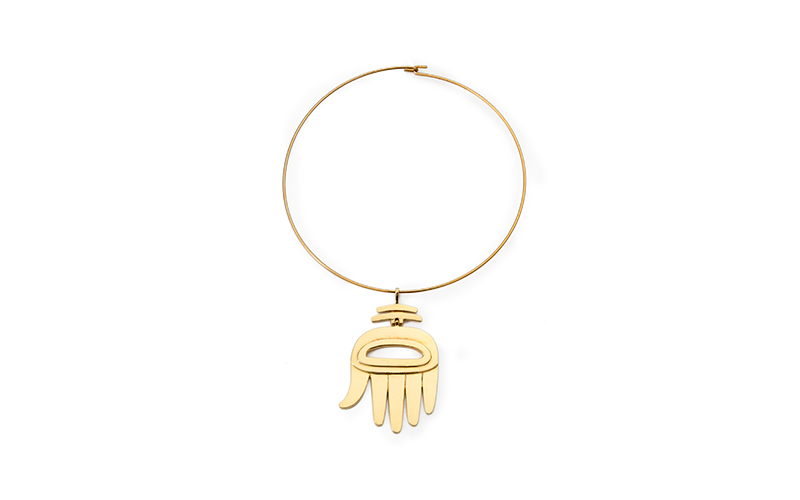- Events & Programs Home
- Calendar
- Accessibility
- Adults
-
Families & Teens
- Families & Teens Home
- 10x10 Teen Art Expo
- Art on the Rise
- Art Together: Art Making for Families with Children Ages 3–5
- Babies Sing with May Festival Minis
- Boy Scouts / Girl Scouts
- CAM Kids Day
- Family Storytime and Gallery Walk
- Family Studio: Art Making for Families with Children Ages 6–12
- Games in the Galleries
- Members-Only Baby Tours
- Public Baby Tours
- REC Reads
- Rosenthal Education Center (REC)
- Saturday Morning Art Class
- See Play Learn Kits
- Summer Camp
- Teen Fest: Zine and Comic Exchange
- RECreate
- Teachers
- Community Outreach
- Fundraisers
- Plan Your Own Event

- Events & Programs Home
- Calendar
- Accessibility
- Adults
-
Families & Teens
- Families & Teens Home
- 10x10 Teen Art Expo
- Art on the Rise
- Art Together: Art Making for Families with Children Ages 3–5
- Babies Sing with May Festival Minis
- Boy Scouts / Girl Scouts
- CAM Kids Day
- Family Storytime and Gallery Walk
- Family Studio: Art Making for Families with Children Ages 6–12
- Games in the Galleries
- Members-Only Baby Tours
- Public Baby Tours
- REC Reads
- Rosenthal Education Center (REC)
- Saturday Morning Art Class
- See Play Learn Kits
- Summer Camp
- Teen Fest: Zine and Comic Exchange
- RECreate
- Teachers
- Community Outreach
- Fundraisers
- Plan Your Own Event
Necklace with Pendant by Aldo Cipullo
Necklace with Pendant by Aldo Cipullo
- Home
- Plan Your Visit
- Art
-
Events & Programs
- Events & Programs Home
- Calendar
- Accessibility
- Adults
-
Families & Teens
- Families & Teens Home
- 10x10 Teen Art Expo
- Art on the Rise
- Art Together: Art Making for Families with Children Ages 3–5
- Babies Sing with May Festival Minis
- Boy Scouts / Girl Scouts
- CAM Kids Day
- Family Storytime and Gallery Walk
- Family Studio: Art Making for Families with Children Ages 6–12
- Games in the Galleries
- Members-Only Baby Tours
- Public Baby Tours
- REC Reads
- Rosenthal Education Center (REC)
- Saturday Morning Art Class
- See Play Learn Kits
- Summer Camp
- Teen Fest: Zine and Comic Exchange
- RECreate
- Teachers
- Community Outreach
- Fundraisers
- Plan Your Own Event
- Give & Join
- About
- Tickets
- Calendar
- Exhibitions
- Collections
- Blog
- Shop

Aldo Cipullo (American, b. Italy, 1942–1984), designer, Cartier (French, est. 1847), manufacturer, Necklace with Pendant, 1971, gold
Audio Description
Aldo Cipullo was an American jeweler who was born in Italy and lived from 1942–1984. He designed this necklace with pendant in 1971 for Cartier, a French jewelry house that was established in 1847.
Made of polished gold, this is a hoop necklace. The pendant is a hand with a void in the palm. The void is surrounded by a raised piece of gold.
Label Copy
Aldo Cipullo was an American jeweler who was born in Italy and lived from 1942–1984. He designed this necklace with pendant in 1971 for Cartier, a French jewelry house that was established in 1847.
One of the most commercially successful jewelers of his time, Aldo Cipullo and his jewelry was featured in various fashion and lifestyle magazines throughout the 1970s. David Webb, whose work is included in this exhibition, hired Cipullo as a designer in 1960. Three years later, Cipullo moved to Tiffany & Co. and then to Cartier in 1969, where he designed his most famous collections. His mature style was minimalist, often geometric, and usually employed smooth polished gold.
This pendant designed for Cartier is representative of the hamsa or khamsa—an ancient hand-shaped symbol that crosses many religious and cultural boundaries. The power of the number five—represented by the five fingers—is associated with various mystical meanings in Judaism and Islam. Believed to ward off evil, the hamsa was revived in the 1970s. It was incorporated into popular culture and became a kind of good luck symbol.
Cincinnati, OH 45202
Toll Free: 1 (877) 472-4226
Museum Hours
Museum Shop
Terrace Café
Library
Cincinnati Art Museum is supported by the tens of thousands of people who give generously to the annual ArtsWave Campaign, the region's primary source for arts funding.

Free general admission to the Cincinnati Art Museum is made possible by a gift from the Rosenthal Family Foundation. Exhibition pricing may vary. Parking at the Cincinnati Art Museum is free.
Generous support for our extended Thursday hours is provided by Art Bridges Foundation’s Access for All program.

General operating support provided by:



